 Gold Diggers of 1933
Gold Diggers of 1933
Race and Ethnicity: White - Starting with G
 Gold Diggers of 1933
Gold Diggers of 1933
Good Government Committee (Little Rock)
Good, Mary Lowe
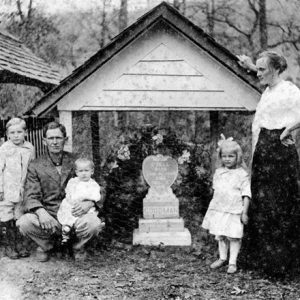 Goodman Family
Goodman Family
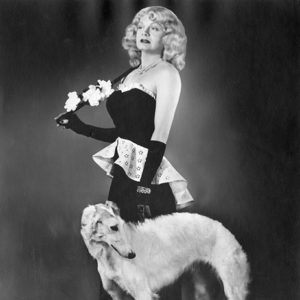 Harvey Goodwin
Harvey Goodwin
 Harvey Goodwin
Harvey Goodwin
 Harvey Goodwin
Harvey Goodwin
Goodwin, Harvey Wilson
aka: Harvey Lee
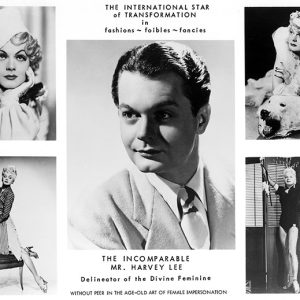 Harvey Goodwin Photos
Harvey Goodwin Photos
Goodwin, William Shields
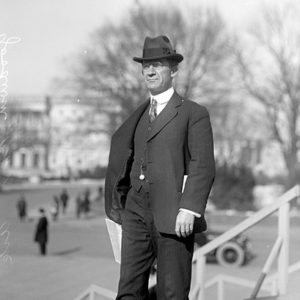 William Goodwin
William Goodwin
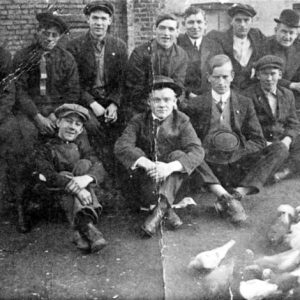 Gopher Gang
Gopher Gang
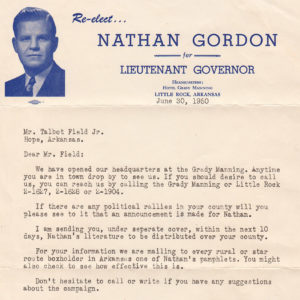 Gordon Campaign Letter
Gordon Campaign Letter
Gordon, Anderson
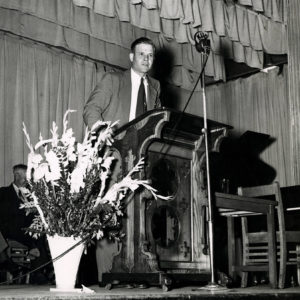 Nathan Gordon
Nathan Gordon
 Nathan Gordon
Nathan Gordon
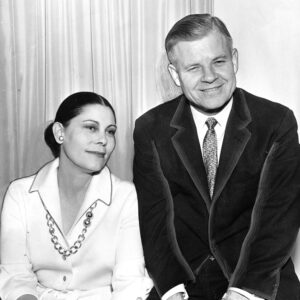 Nathan and Virginia Gordon
Nathan and Virginia Gordon
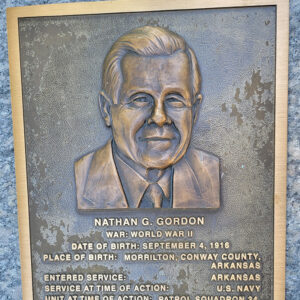 Nathan G. Gordon Plaque
Nathan G. Gordon Plaque
Gordon, Nathan Green
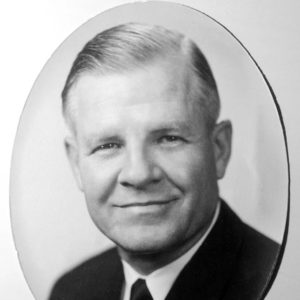 Nathan Gordon
Nathan Gordon
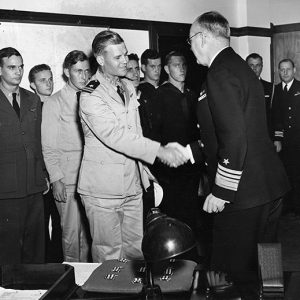 Nathan Gordon Receiving the Medal of Honor
Nathan Gordon Receiving the Medal of Honor
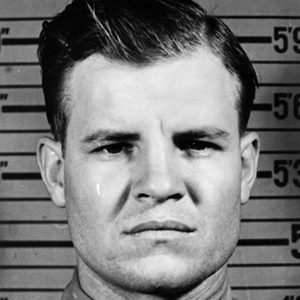 Nathan Gordon
Nathan Gordon
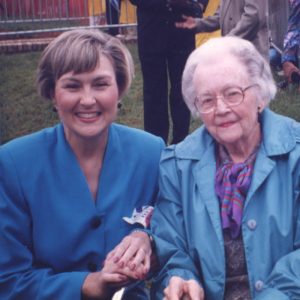 Gordy and Huckaby
Gordy and Huckaby
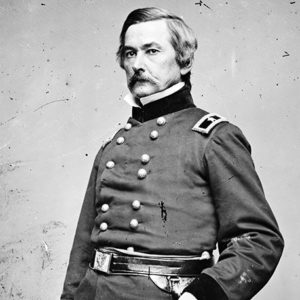 Willis A. Gorman
Willis A. Gorman
Goss, Kay
 Kay Goss
Kay Goss
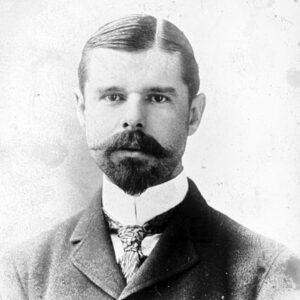 Edwin Gould
Edwin Gould
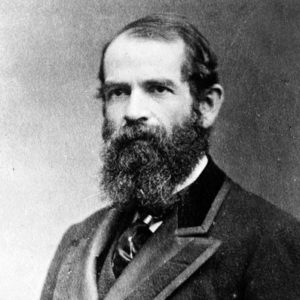 Jay Gould
Jay Gould
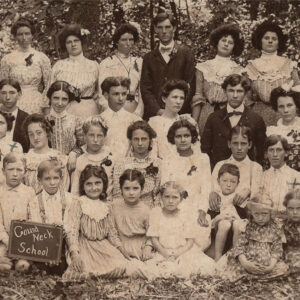 Gourd Neck Students
Gourd Neck Students
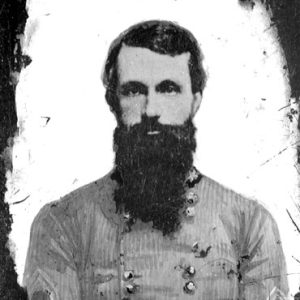 Daniel Govan
Daniel Govan
Govan, Daniel Chevilette
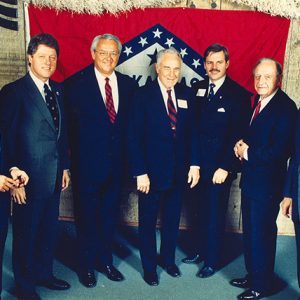 Governors' Reunion; 1986
Governors' Reunion; 1986
 Governor's Message
Governor's Message
Gracen, Elizabeth Ward
aka: Grace Elizabeth Ward
Graham, David Crockett (D. C.)
Graham, Fred Patterson
Graham, Josephine Hutson
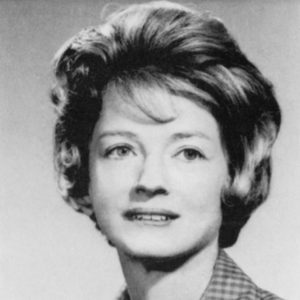 Josephine Graham
Josephine Graham
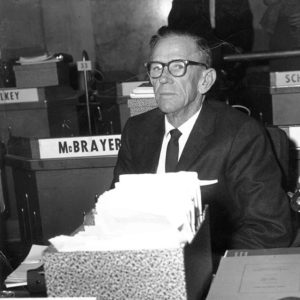 Paul M. Graham
Paul M. Graham
Graham, Paul Miller
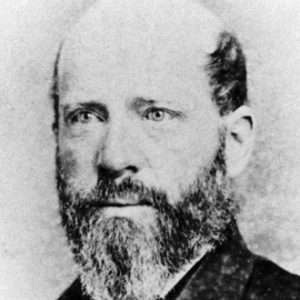 Robert Graham
Robert Graham
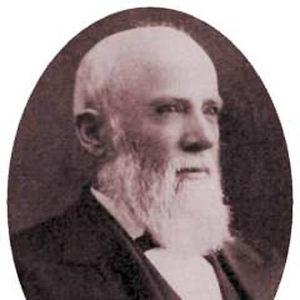 Robert Graham
Robert Graham
Graham, William Karr (Bill)
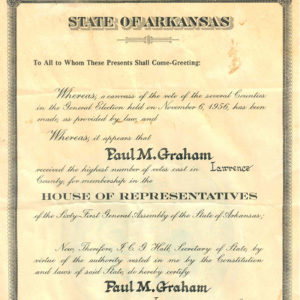 Graham's Diploma
Graham's Diploma
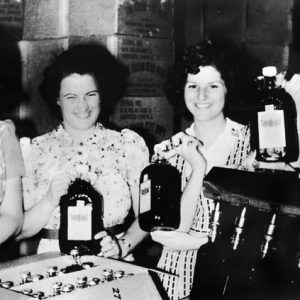 Granata Winery
Granata Winery
Grand Glaize, Expedition to
aka: Scout to Little Red River
Grand Glaize, Scout to
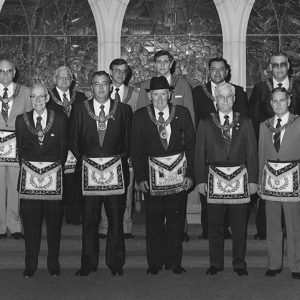 Grand Lodge Officers
Grand Lodge Officers
 David Grann
David Grann
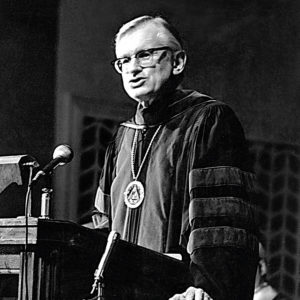 Grant Speaking
Grant Speaking




